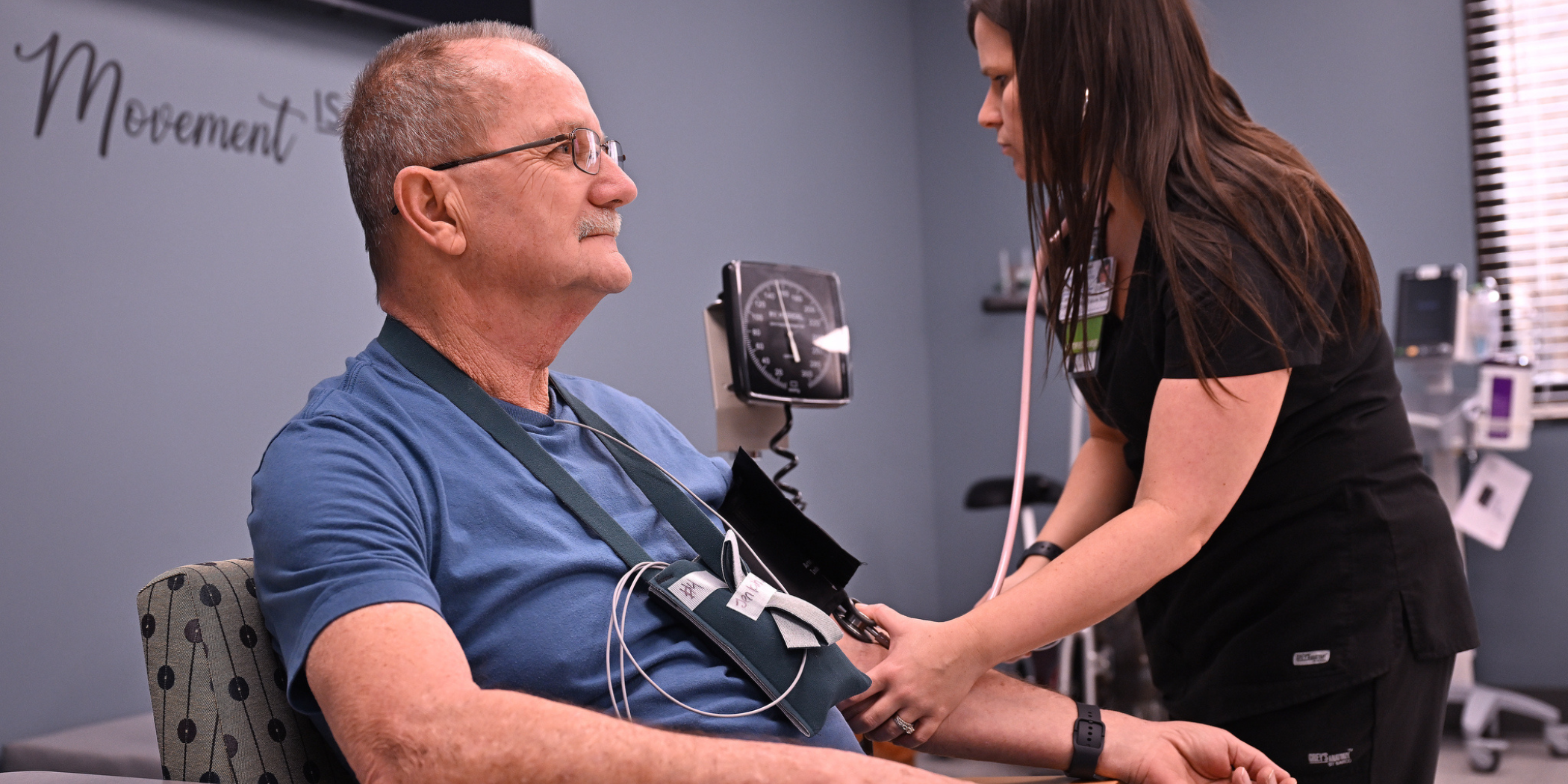About
Transcatheter aortic valve replacement (TAVR) is a safe, minimally invasive treatment option for patients with a heart condition known as severe aortic valve stenosis. TAVR is indicated for patients who are at intermediate to high risk for traditional open heart valve replacement surgery because of factors like advanced age or other chronic health conditions.
Traditional heart valve replacement requires an open heart procedure with a sternotomy (large incision in the chest). TAVR can be done through very small incisions that leave all of the chest bones intact. Approved by the FDA in 2011, TAVR provides treatment options for people who may not have been candidates for heart valve replacement in the past.
How Does TAVR Work?
TAVR is performed through a small incision in your groin or chest. A small catheter (thin tube) is inserted and a new valve is placed within the old valve via the catheter. Once the new valve is expanded, it pushes the old valve leaflets out of the way and the tissue in the replacement valve takes over the job of regulating blood flow.
The procedure typically lasts one to three hours, and patients are often discharged within one to four days. TAVR is less painful than open heart surgery and recovery time is much shorter. Candidates for TAVR are required to complete testing before the procedure.
Is TAVR an Option for You?
TAVR can be an effective option to improve the quality of life in patients who otherwise have limited choices for repair of their aortic valve. Patients who cannot tolerate anticoagulation/antiplatelet therapy (blood thinners) are not candidates for the TAVR procedure.














